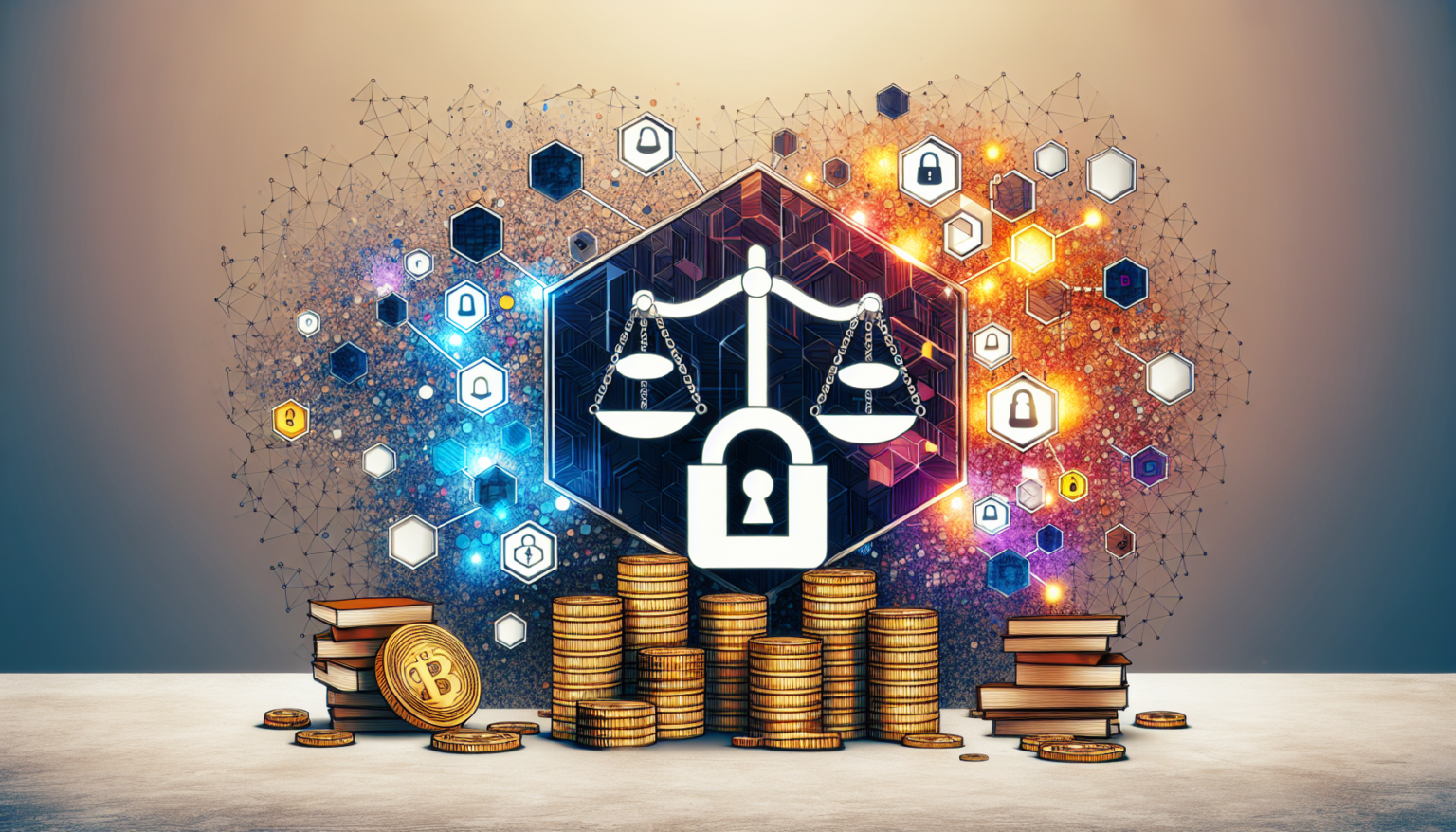Understanding Incentivization Mechanisms in DeFi
Decentralized Finance (DeFi) has transformed how we think about financial transactions, shifting power away from traditional institutions towards users and their assets. At the heart of this transformation lies the concept of incentivization mechanisms, primarily manifested through tokenomics. It’s all about how tokens are designed to create incentives that align the interests of various participants in the DeFi ecosystem.
What is Tokenomics?
Tokenomics refers to the economic model surrounding a blockchain project and its associated tokens. It encompasses aspects like token supply, distribution, utility, and overall governance. In DeFi, tokenomics plays a crucial role in motivating users to engage with platforms in various ways—be it trading, providing liquidity, or participating in governance.
The Importance of Incentives
Tokens serve as incentives for users to perform specific actions that contribute to the ecosystem’s growth. Each action, whether it’s yielding returns through farming or holding tokens for governance decisions, can influence the health and viability of a DeFi project. Therefore, understanding how these incentives are structured provides valuable insights into a project’s sustainability and long-term potential.
Types of Incentivization Mechanisms
Different DeFi platforms utilize various incentivization mechanisms to encourage user participation. Let’s dive into some of the most common ones.
Yield Farming
Yield farming allows users to lend their assets and earn returns in the form of interest or additional tokens. Typically, platforms offer higher yields to liquidity providers, encouraging them to lock up their assets for longer durations. This increases the protocol’s liquidity and provides other users with the resources they need to perform trades or get loans.
How it Works
Participants stake their crypto assets in smart contracts, which then utilize these assets to provide liquidity for trading pairs or lending protocols. In return, they receive rewards—usually native tokens—that can potentially be traded or further staked for compounded benefits. The higher the stakes and time commitment, the bigger the reward, driving users towards long-term engagement.
Liquidity Mining
Liquidity mining is essentially a form of yield farming where new tokens are issued as rewards to liquidity providers. This mechanism helps bootstrap liquidity for new DeFi projects and encourages users to provide their assets to exchanges.
Why It’s Effective
Not only does liquidity mining enhance trading volumes, but it also incentivizes users to hold onto their rewards. As they accumulate tokens, they may feel more inclined to support the protocol because their holdings can increase in value if the platform succeeds.
Staking
Staking is another pivotal mechanism in DeFi. Users lock their tokens in a particular smart contract to support network operations—such as validating transactions or maintaining security. In exchange, they receive tokens as rewards.
Benefits of Staking
For users, staking offers a relatively passive way to earn returns, as locked tokens can yield dividends over time while still providing network support. It creates a win-win situation where users earn passive income, and the protocol benefits from a robust security model.
Participatory Governance
Governance mechanisms have gained traction in DeFi, allowing token holders to influence decisions relating to a project’s future. This participatory model ensures that users have a voice, and their stakes often align their interests with the protocol’s success.
Token Voting
Many DeFi protocols incorporate a governance framework whereby users can vote on proposals affecting the protocol. Token holders can submit their proposals or vote on others, making governance democratic and community-oriented.
The Attraction of Governance Tokens
Governance tokens create a multi-layered incentive structure where users are motivated to hold tokens—not just for potential financial gain but also to influence the direction of a platform. The more invested a token holder becomes, the more they want to see the project prosper, creating a virtuous cycle of engagement.
Referral Programs
Referral programs are another effective incentivization mechanism in DeFi. These programs reward users for bringing in new participants, thus organically growing the user base while enhancing liquidity and trading activity.
How Referral Programs Work
For every new user that joins the platform via a referral link, both the referrer and the new user can receive bonuses in the form of tokens or reduced fees. This mechanism not only incentivizes existing users to promote the platform but also offers newcomers a warm welcome, often in the form of additional rewards.
The Ripple Effect
These programs can lead to exponential growth for DeFi projects. As existing users refer new ones, the community expands, which can subsequently lead to an increase in overall liquidity, trading, and platform usage. Essentially, it’s a symbiotic relationship that benefits everyone involved.
Selecting Projects with Strong Tokenomics
Given the critical role of incentivization in DeFi, it’s essential for investors and users to analyze the tokenomics of various projects carefully. Here are a few points to consider when evaluating:
Supply Cap and Distribution
Understanding the total supply of a token and its distribution mechanism is vital. A project with a capped supply can often drive scarcity and value appreciation over time. It’s equally essential to check how the tokens are distributed among team members, investors, and the community.
Utility and Use Cases
Evaluate the token’s utility within the ecosystem. Can it be used for governance, transaction fees, or staking? A token with multiple use cases tends to hold more value, as it provides various avenues for users to engage.
Incentive Alignment
Investigating whether the incentives align with the project’s vision is crucial. If users are incentivized to act against the platform’s interests, it could lead to adverse outcomes. An optimal incentive structure will promote cooperation and ensure long-term success.
The Challenges of Incentivization Mechanisms
While the potential benefits of incentivization mechanisms are vast, they are not without challenges.
Unsustainable Yields
One significant risk is the potential for unsustainable yields. High returns can attract initial users, but if the returns are not backed by a solid economic model, the project risks collapse.
Market Volatility
DeFi is notorious for its price volatility. Participants must be aware that token prices can fluctuate dramatically, impacting the perceived value of rewards. This can deter users and create uncertainty in the ecosystem.
Security Vulnerabilities
With more complex incentivization structures, there may also be an increased risk of smart contract vulnerabilities. Engaging in thorough audits and responsible coding practices can help mitigate these risks.
In summary, understanding the various incentivization mechanisms within DeFi reveals a vibrant ecosystem fueled by tokenomics. Each mechanism has its purpose, aligning user interests with the health of the platform, but must be approached with an awareness of inherent risks and challenges.








